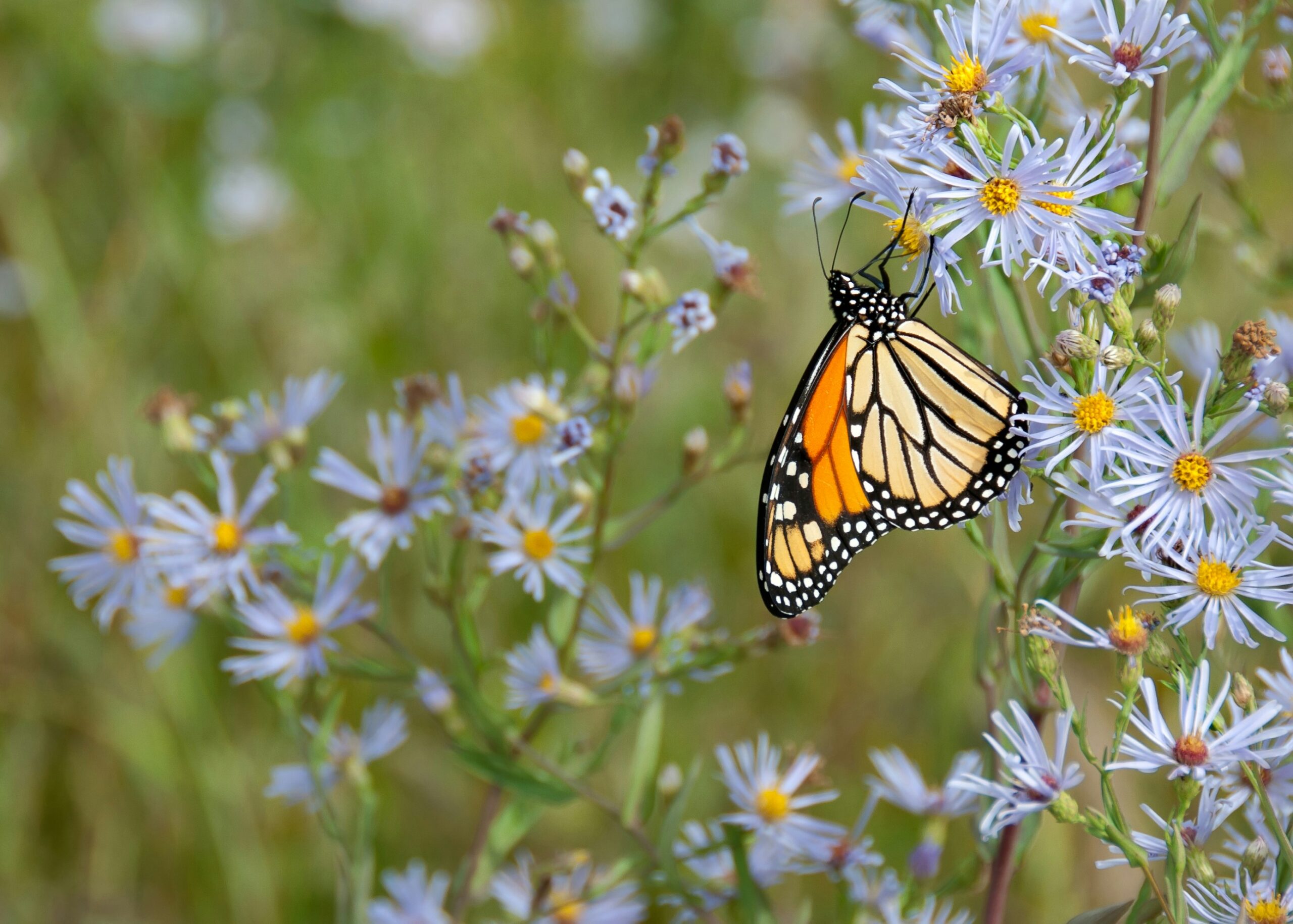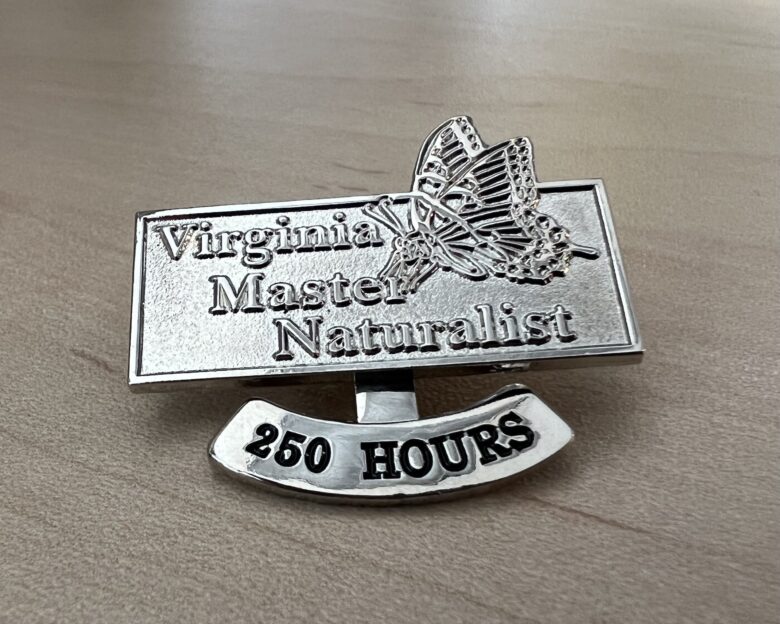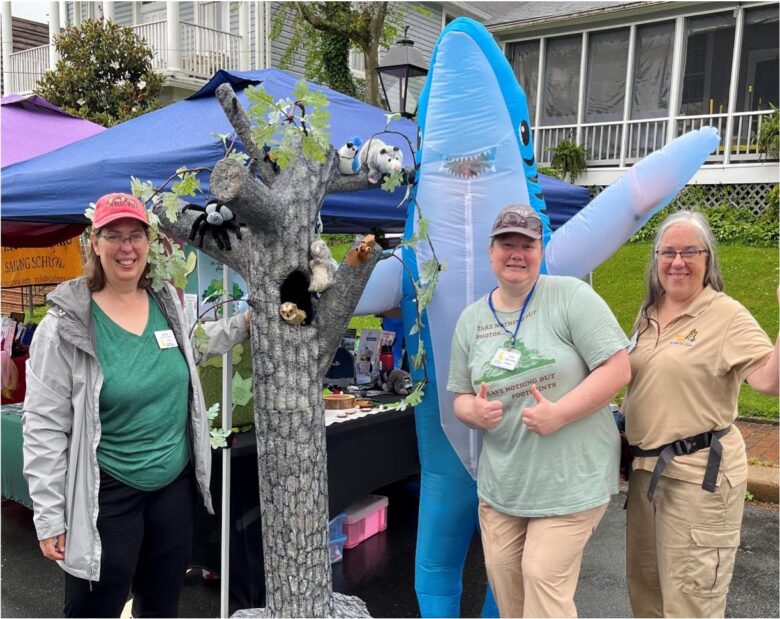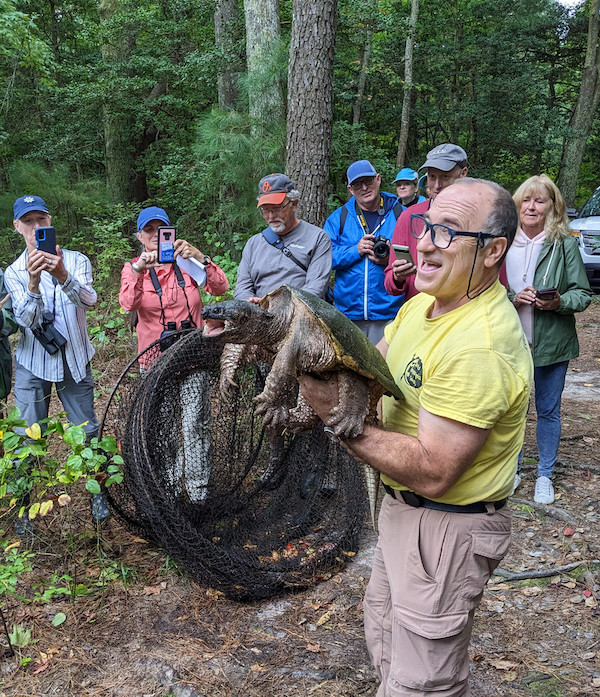
A Community-Based Natural Resources Volunteer Program
About Us
Virginia Master Naturalists are volunteer educators, citizen scientists, and stewards helping Virginia conserve and manage natural resources and public lands.
Our Blog
Seeking Nominations for the 2025 VMN Statewide Program Awards
The Virginia Master Naturalist program’s state office is now accepting nominations for seven statewide awards. These awards will be judged by the VMN statewide office team and one or more…

New Milestone Achievements by VMN Volunteers – Summer 2025
The VMN State Program office recognizes volunteers who complete 250, 500, 1,000, 2,500, and 5,000 hours of service. These are cumulative volunteer hours starting when a volunteer joins the program.…

Laurels – Fall 2025
Each quarter, we invite VMN chapters to share stories of their impacts, accomplishments, and awards. Take the time to read them all so that you may be inspired by these…
Connect with Us
For general inquiries about the Virginia Master Naturalist program, please contact:
masternaturalist@vt.edu540-231-0790
